Affiliate links on Android Authority may earn us a commission. Learn more.
Snapdragon 8 Gen 3 versus Dimensity 9300: Which one will be the winner?
Published onMay 12, 2024
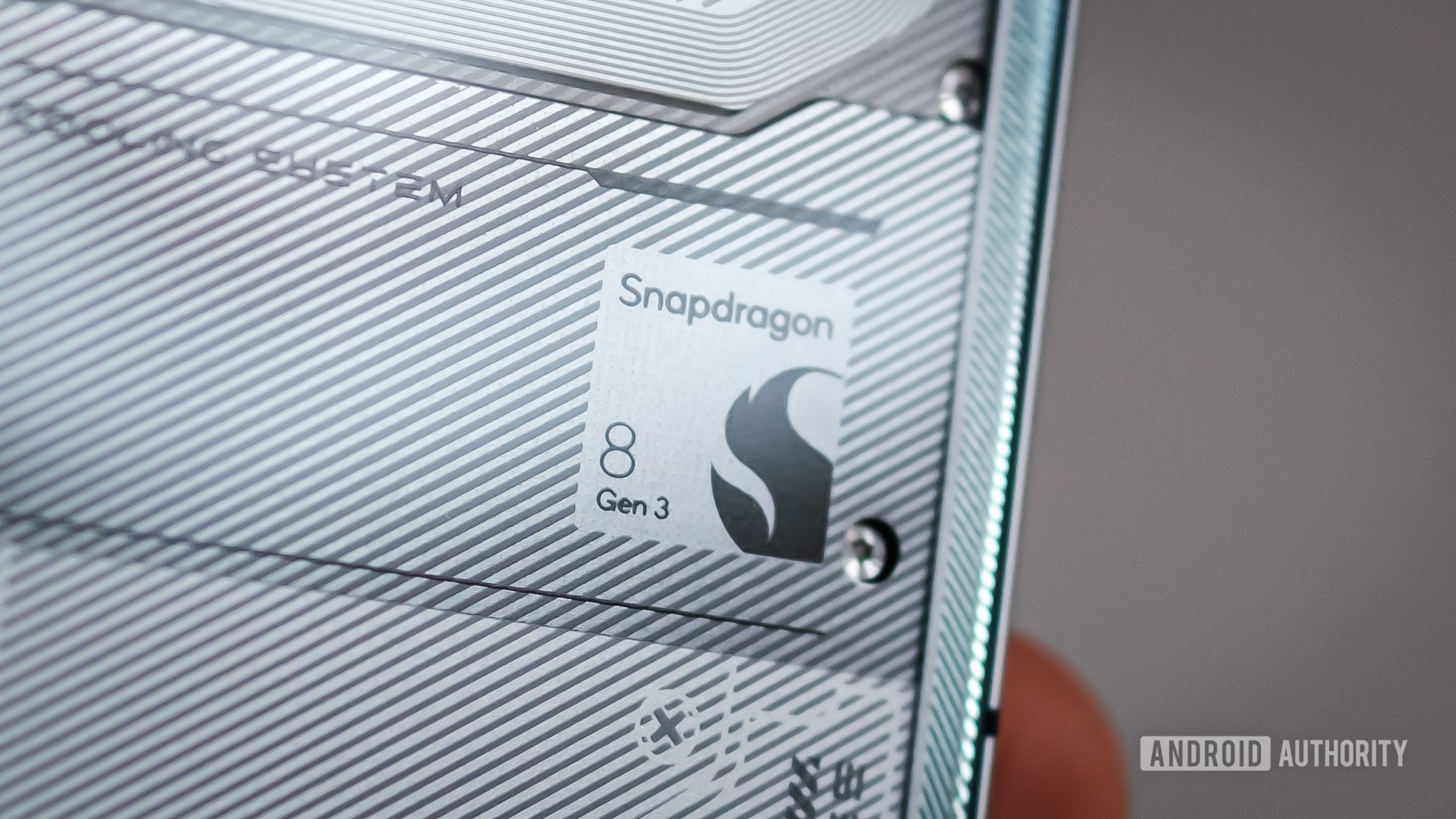
Qualcomm and MediaTek are the two biggest chipset providers in the Android smartphone space and the companies’ latest flagship processors are poised to power flagship smartphones through most of 2024.
Qualcomm launched the Snapdragon 8 Gen 3 in late October 2023, with the MediaTek Dimensity 9300 following shortly thereafter in early November. Each chipset brings a different approach to the table, but which solution is actually better? Join us as we compare the two processors.
Snapdragon 8 Gen 3 vs Dimensity 9300 specs
| Snapdragon 8 Gen 3 | Dimensity 9300 | |
|---|---|---|
CPU Config | Snapdragon 8 Gen 3 1x 3.3GHz (Cortex-X4) 3x 3.2GHz (Cortex-A720) 2x 3GHz (Cortex-A720) 2x 2.3GHz (Cortex-A520 Refresh) | Dimensity 9300 1x 3.25GHz (Cortex-X4) 3x 2.85GHz (Cortex-X4) 4x 2GHz (Cortex-A720) |
GPU | Snapdragon 8 Gen 3 Adreno Ray tracing support Global illumination | Dimensity 9300 Arm Immortalis-G720 MC12 Ray tracing support Global illumination |
DSP | Snapdragon 8 Gen 3 Hexagon (fused scalar, tensor, and vector) Mixed precision INT8/INT16 INT4 support | Dimensity 9300 APU 790 INT8/INT16 INT4 support |
RAM support | Snapdragon 8 Gen 3 LPDDR5X | Dimensity 9300 LPDDR5T |
Camera | Snapdragon 8 Gen 3 • 200MP single shot • 108MP single with zero shutter lag • 64MP+36MP with zero shutter lag • Triple 36MP with zero shutter lag • Dolby HDR photo • Real-time semantic segmentation for photos and videos (up to 12 layers) • 8K/30fps HDR video • 4K/120fps slow-motion | Dimensity 9300 • 320MP single shot • HDR video • Real-time semantic segmentation for photos and videos (up to 16 layers) • 8K/30fps • 4K/60fps |
Charging | Snapdragon 8 Gen 3 Quick Charge 5 | Dimensity 9300 USB-PD PPS |
4G/5G Modem | Snapdragon 8 Gen 3 X75 LTE/5G (integrated) 10,000Mbps down 3,500Mbps up | Dimensity 9300 LTE/5G (integrated) 7,000Mbps down |
Other networking | Snapdragon 8 Gen 3 Bluetooth 5.4 Wi-Fi 7, Wi-Fi 6/6E (802.11ax), Wi-Fi 5 (802.11ac), 802.11a/b/g/n | Dimensity 9300 Bluetooth 5.4 Wi-Fi 7, Wi-Fi 6/6E (802.11ax), Wi-Fi 5 (802.11ac), 802.11a/b/g/n |
Process | Snapdragon 8 Gen 3 TSMC 4nm (N4P) | Dimensity 9300 TSMC 4nm (4nm+) |
CPU: What to expect?
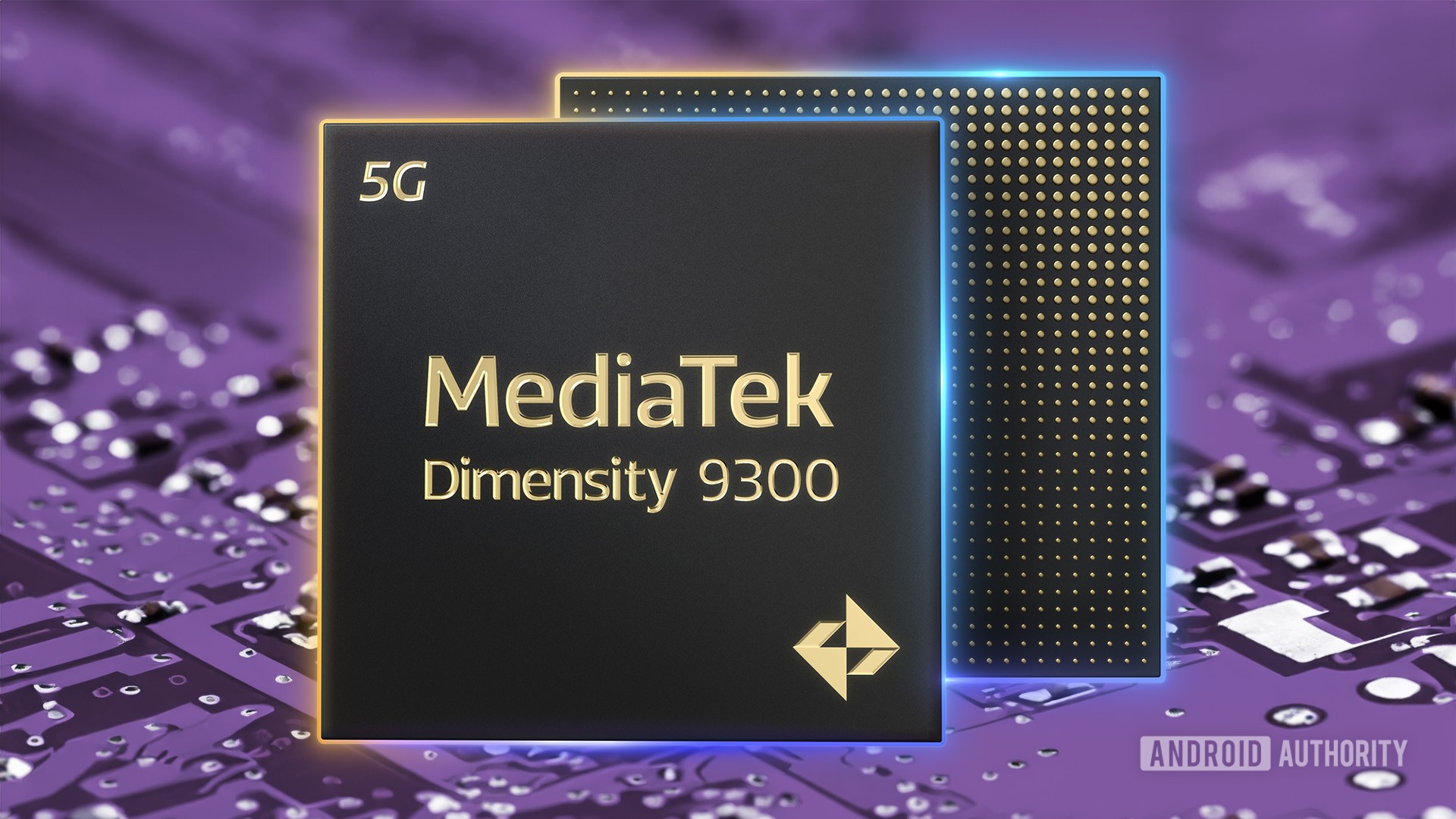
We’ve seen the 1+3+4 layout becoming the CPU core layout of choice for flagship silicon until very recently, but Qualcomm bucked the trend with the Snapdragon 8 Gen 2. This chipset offered a 1+4+3 layout, dropping a little core and gaining a medium core.
This trend of dropping a little core in exchange for a medium core continues for the Snapdragon 8 Gen 3, as the new SoC adopts a 1+5+2 CPU layout. That means one 3.3GHz Cortex-X4 core, five Cortex-A720 medium cores (three clocked at 3.2GHz and two clocked at 3GHz), and two 2.3GHz Cortex-A520 Refresh cores. That means six out of the eight CPU cores are clocked at or above 3GHz.
MediaTek is going even more aggressive with its CPU, foregoing little cores altogether. Instead, the Dimensity 9300 brings four big Cortex-X4 cores and four Cortex-A720 medium cores. Expect one 3.25GHz Cortex-X4 core, three Cortex-X4 cores clocked at 2.85GHz, and four Cortex-A720 cores at 2GHz.
The Snapdragon 8 Gen 3 and Dimensity 9300 both offer very eclectic approaches to the CPU.
Qualcomm is also bringing more L3 cache (12MB versus 8MB in the Snapdragon 8 Gen 2), although the firm hasn’t disclosed other cache details. Meanwhile, the Dimensity 9300 maintains 8MB of L3 cache but offers 10MB of system cache (up from 6MB).
What does all this mean for performance and power efficiency? Both chipsets are bringing extremely powerful CPUs to the table, but MediaTek’s big/medium setup suggests that the Dimensity 9300 has the performance advantage here.
For what it’s worth, Qualcomm says the Snapdragon 8 Gen 3 CPU is 30% faster and 20% more efficient than the Snapdragon 8 Gen 2. Meanwhile, MediaTek claims that the Dimensity 9300 offers 40% better peak performance, 15% better performance at the same power, and 33% lower power consumption for the same performance compared to its predecessor. In our Snapdragon 8 Gen 3 vs Dimensity 9300 benchmarking article, we found that the two processors come up neck-and-neck in CPU tasks.
Power efficiency remains excellent this generation too.
The Taiwanese chipmaker is going one step further by asserting that the Dimensity 9300 CPU delivers better multi-core scores than the Snapdragon 8 Gen 3. It didn’t disclose single-core scores though, and the Snapdragon chip’s slightly higher clock speed for the sole Cortex-X4 along with more L3 cache suggests it might be faster in this area.
It’s also worth noting that Arm’s own slides show the Cortex-A720 consumes less power at minimal load than a fully loaded Cortex-A520 little core. This suggests that so-called “rush to sleep” tasks such as loading a webpage or unzipping a file will see an efficiency uplift on the MediaTek chip. But we do have our reservations about idle power consumption and less demanding, longer-lasting tasks (e.g. music playback, audio recording).
Both chips are built on a TSMC 4nm process. However, MediaTek says the Dimensity 9300 is built on a third-generation 4nm process while Qualcomm confirmed to us that the Snapdragon chip is designed on the N4P process. It’s unclear how the two processes compare to each other, but we’ve asked MediaTek for more info. Otherwise, the MediaTek chip also supports the newer LPDDR5T RAM standard, while Qualcomm sticks with the older but still speedy LPDDR5X standard.
GPU
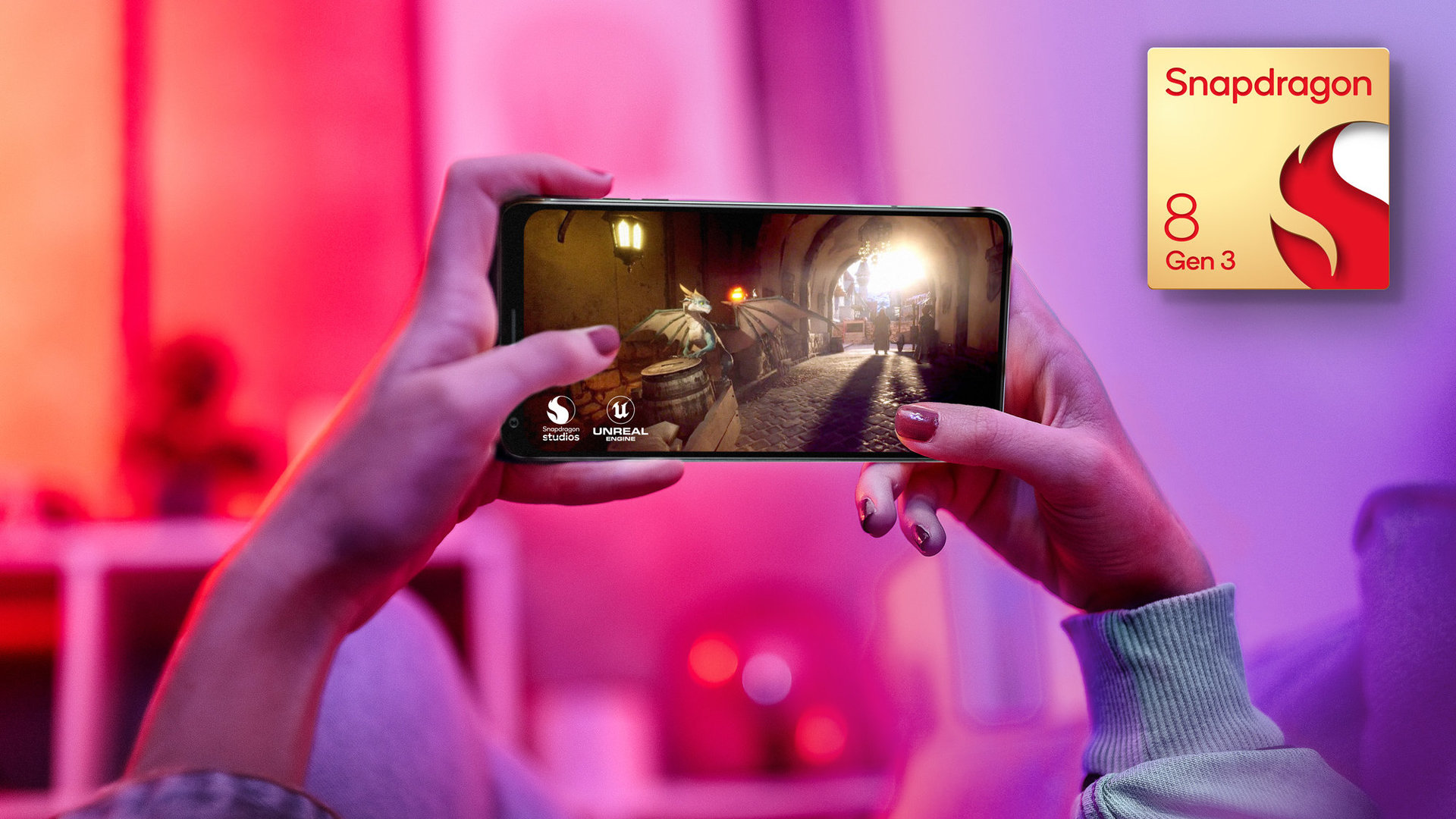
Qualcomm has long stood out as the class leader when it comes to flagship mobile graphics, and the Snapdragon 8 Gen 3 brings some slick upgrades too. You’re getting 25% faster Adreno GPU that’s also 25% more efficient, the chip designer claims. The firm’s ray tracing capabilities also get a ~50% speed boost.
Meanwhile, MediaTek’s latest flagship chipset is bringing an Arm Immortalis-G720 MC12 GPU. This looks like a pretty impressive upgrade too, with the chip designer claiming 46% higher peak performance compared to the Dimensity 9200. MediaTek adds that the GPU also offers 40% lower power consumption for the same performance. Otherwise, you’re getting a 46% boost to ray tracing performance.
Both SoCs are also touting global illumination tech this time. This graphical technique more realistically depicts how light interacts with the environment. Qualcomm is specifically working with Epic and its Unreal Engine 5 to implement this support. This means we might see big-name titles with this tech hitting Snapdragon-powered phones first.
MediaTek suggests that the Dimensity 9300 GPU is better than the Snapdragon 8 Gen 3 GPU, but Qualcomm's GPU is generally preferred by enthusiasts.
Interestingly, MediaTek says the Dimensity 9300 serves up 23% better benchmark scores than the Snapdragon 8 Gen 3 in the Manhattan 3.1.1 benchmark test. This is just one test, though, and the claim comes from the Taiwanese company itself. It’s also worth noting that some demanding apps have traditionally offered better support for Snapdragon devices. For example, the open-source Turnip graphics driver used in many emulators is only available for Qualcomm SoCs. Our own testing put the Snapdragon 8 Gen 3 in a healthy lead over the Dimensity 9300.
The Snapdragon 8 Gen 3 brings support for 240Hz refresh rates and 8K resolutions, albeit only when outputting to an external screen. Otherwise, the refresh rate maxes out at 144Hz at QHD+ resolutions or 4K/60Hz. Meanwhile, the Dimensity 9300 supports a 180Hz refresh rate at WQHD resolutions, as well as 120Hz at 4K resolutions. MediaTek’s chip also brings dual-active display support for foldables.
AI
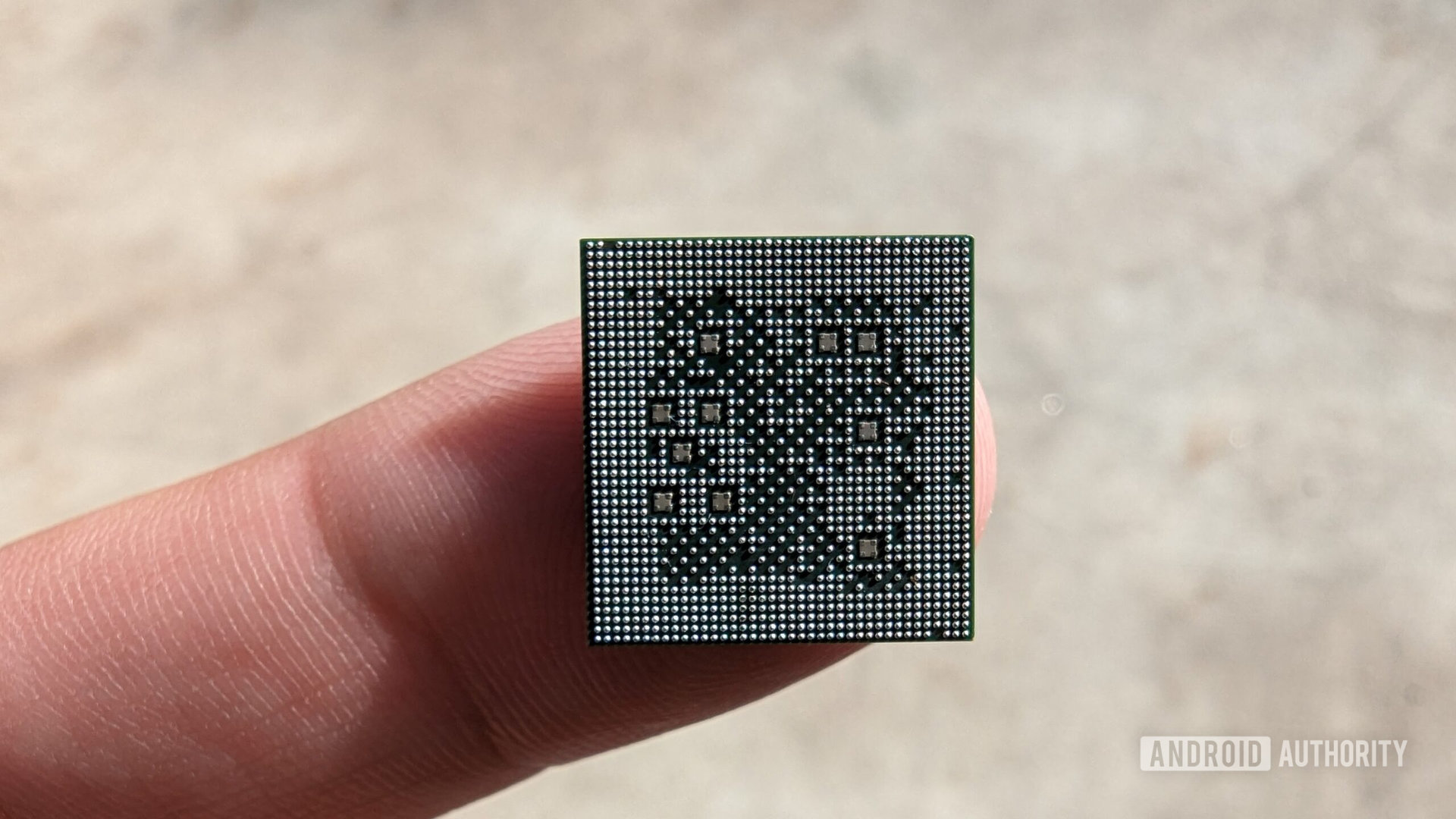
Loads of companies are embracing generative AI capabilities, and MediaTek and Qualcomm are no different this time. The new chipsets feature upgraded hardware and features to take advantage of this next step in AI.
Starting with Qualcomm, the Snapdragon 8 Gen 3’s Hexagon NPU offers 98% better performance and a 40% efficiency boost compared to the 2023 silicon. The Snapdragon 8 Gen 3 also touts support for large language models (LLMs) with over 10 billion parameters, running at almost 15 tokens per second. Qualcomm adds that these improvements allow for Stable Diffusion image generation in under a second.
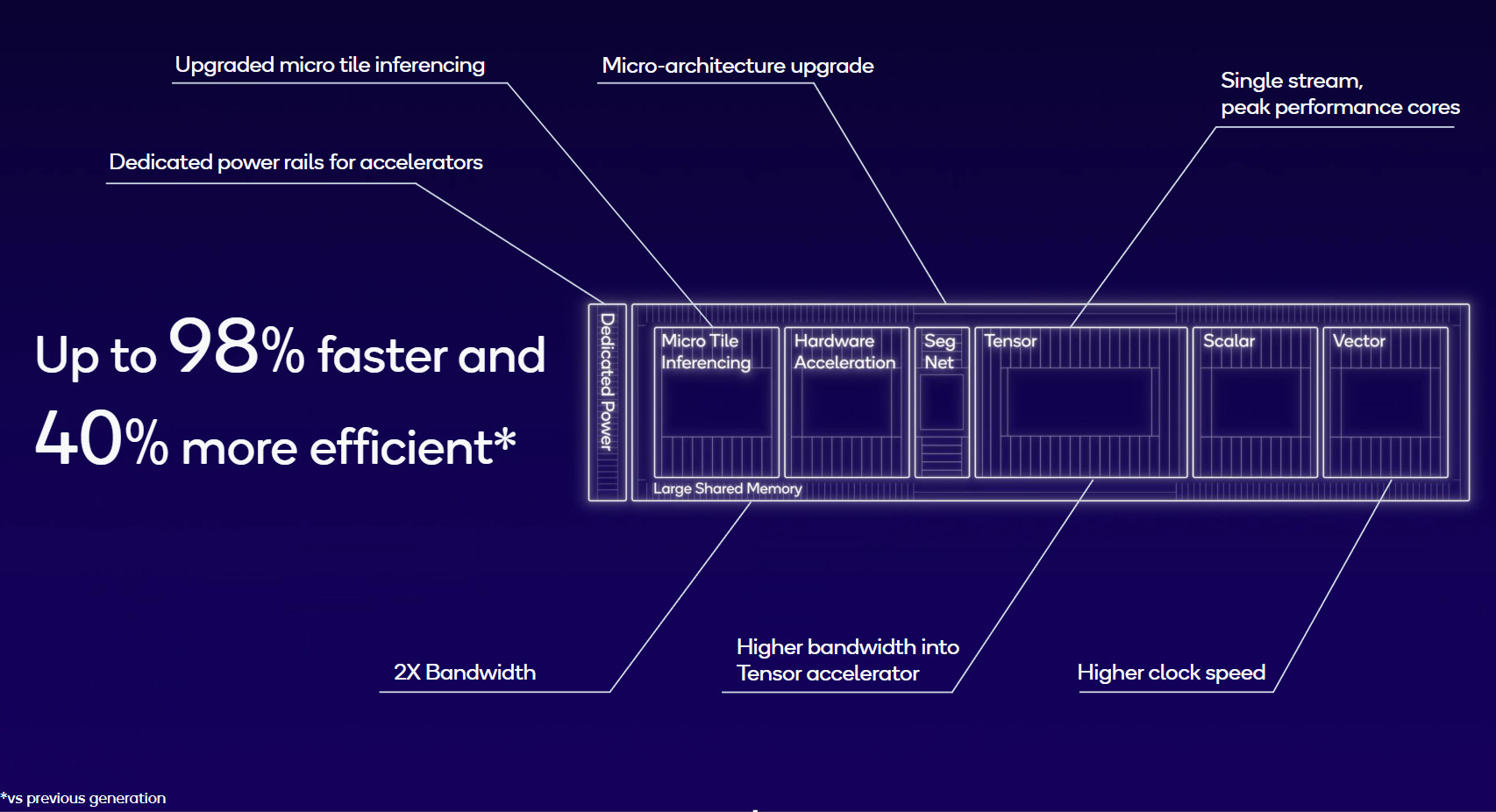
Meanwhile, the Dimensity 9300’s APU 790 offers a reported 45% drop in power consumption and two-fold performance improvement. The chip also brings support for LLMs with up to seven billion parameters running at 20 tokens per second.
MediaTek adds that it can also up the ante to 13 billion parameters when using memory compression on a device with up to 16GB of RAM, albeit at a lower, unspecified token rate. The company suggests it could offer support for LLMs with up to 33 billion parameters running at three to four tokens per second on a device with 24GB of RAM, but admits this isn’t very useful. In saying so, the company is also matching Qualcomm by offering Stable Diffusion image generation in under a second.
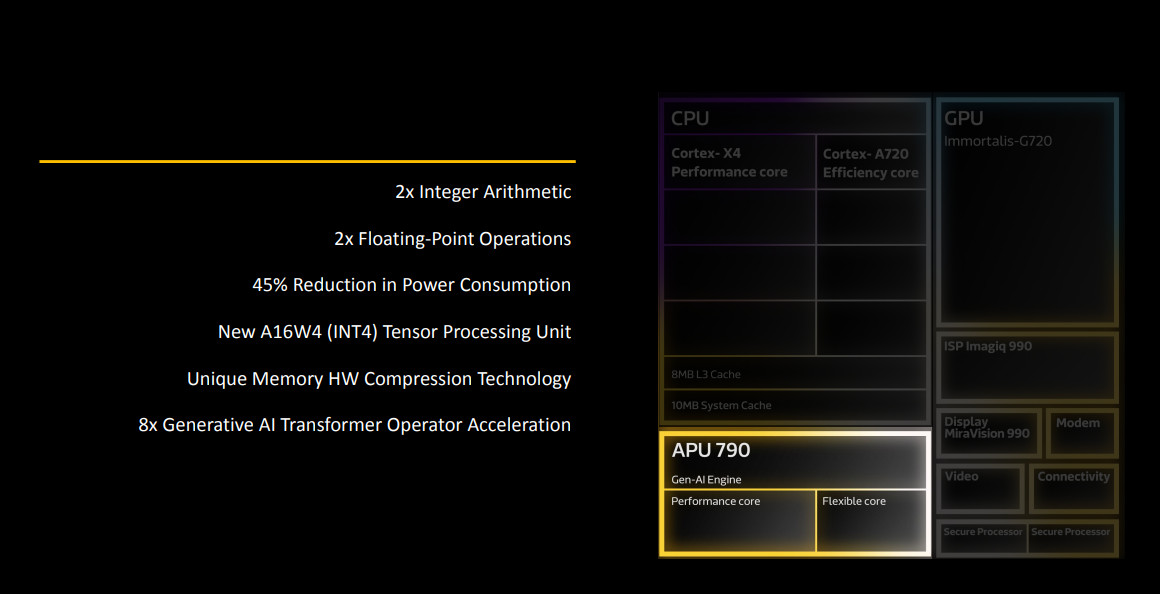
Both brands also offer INT4 support, allowing large language models to be shrunken down in size to reduce their footprints. The two companies do have a few tricks of their own, though.
For one, the Snapdragon 8 Gen 3 has an “on-device personalization” feature, using your device sensors to securely personalize chatbot queries. It’s also touting support for Android’s foundational AI models, suggesting that some of Google’s generative AI features could come to Snapdragon-powered phones next year. Qualcomm adds that it’s also working with Snapchat to bring Stable Diffusion image generation to the app.
Meanwhile, MediaTek says it’s bringing hardware memory compression tech to the table. This will allow for larger LLMs that use less resources. The firm also says it’s working with the likes of Baidu and Meta on LLM support.
It’s evident that both brands are bringing extremely potent on-device generative AI capabilities, but it looks like the difference might come down to commercial partners. More specifically, there’s no word on whether MediaTek’s chip will support Google’s foundational AI models. This would be a significant omission for global consumers wanting on-device AI features from a major player.
Connectivity
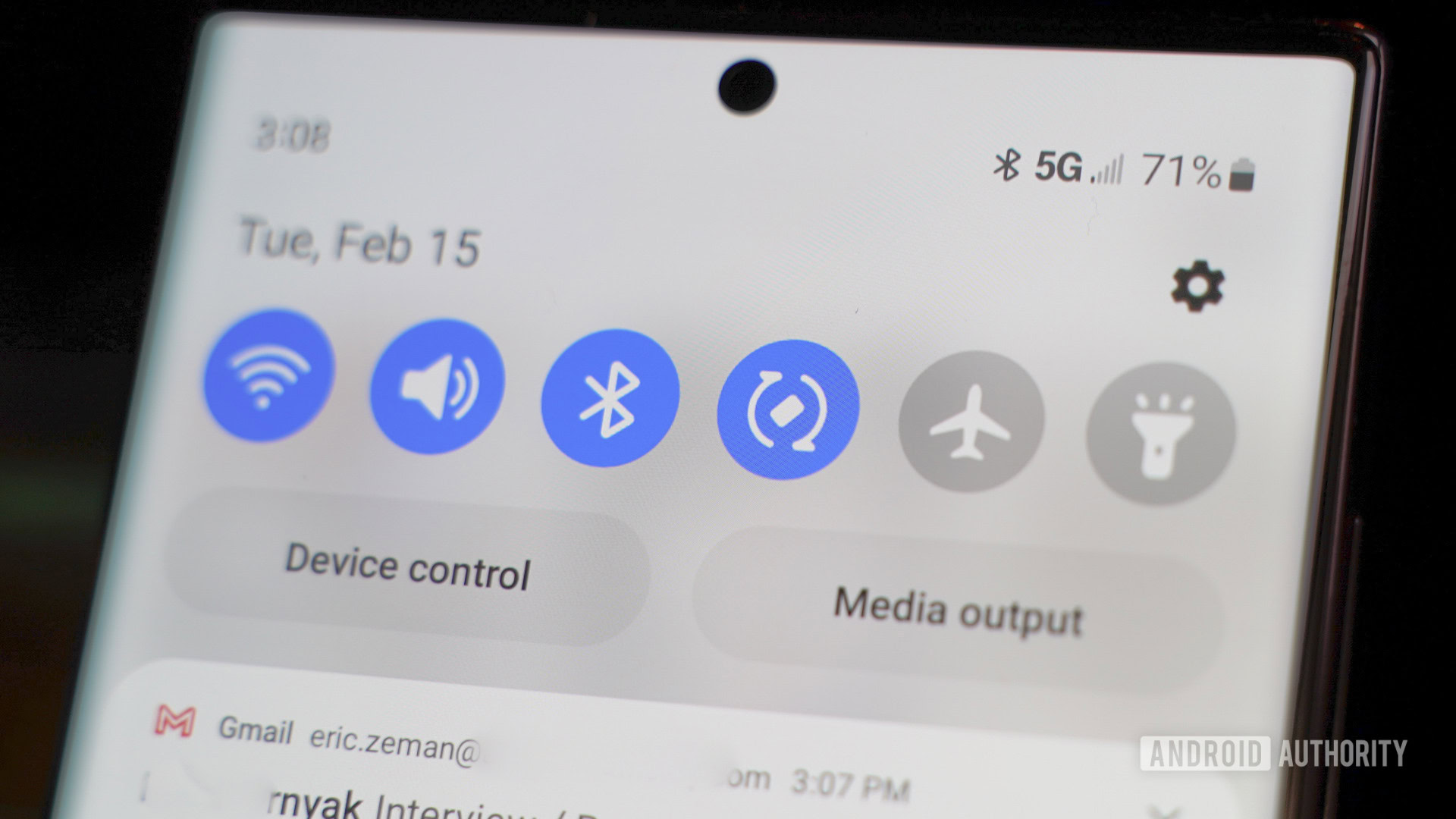
Qualcomm has traditionally been a step ahead of MediaTek in the connectivity space. This advantage has narrowed over the years, but we still see a gap on the cellular front.
The Snapdragon 8 Gen 3 uses the X75 modem, bringing Release 17 capabilities to the table as well as being “ready” for Release 18. That means the processor should be able to handle the latest and greatest network tech when we enter the 5G Advanced era. Otherwise, you’ve still got downlink speeds of up to 10Gbps and uplink speeds of up to 3.5Gbps.
The Snapdragon 8 Gen 3 undoubtedly brings more advanced connectivity compared to the Dimensity 9300.
The Dimensity 9300 isn’t too shabby here, but it’s not nearly as feature-packed as the Snapdragon chip. Expect support for Release 16 capabilities (no Release 17 here), along with downlink speeds of up to 7Gbps. In saying so, MediaTek says the new SoC also brings Multi-Link Hotspot tech, claiming a three-fold improvement for tethering speeds compared to “competitive” solutions.
Otherwise, the two chips share support for Bluetooth 5.4 and Wi-Fi 7. But Qualcomm is also bringing support for its XPAN tech, allowing you to use supported wireless earbuds via Wi-Fi for superior coverage.
Cameras
Between multi-camera setups, ultra-high-resolution sensors, 8K recording, and computational photography, the modern smartphone camera experience is nearly indistinguishable from the first mobile cameras. MediaTek and Qualcomm are both upping the ante with their new chips, though.
Starting with MediaTek, the Dimensity 9300 tightly integrates its AI silicon with its ISP. This means you can expect up to 16 layers of object segmentation (even when recording videos), always-on HDR for 4K video recording, 4K/30fps bokeh video with automatic tracking, and a dedicated OIS core. We also get a dual-lossless zoom hardware engine for improved image quality when using cropped zoom. This should be a boon in light of the growing trend of smartphones using their main cameras for cropped zoom. Finally, we also get “HDR audio noise reduction” tech, although it’s unclear whether this is the equivalent of Google’s Audio Magic Eraser or something less exciting.
The Snapdragon 8 Gen 3 goes all-in on generative AI camera features, while the Dimensity 9300 refines the fundamentals.
The Snapdragon 8 Gen 3 maintains the same core photo and video resolution support as last year. That includes 8K HDR video support and 200MP single camera capabilities. Qualcomm is, however, using generative AI to enable several camera-related features. The most notable feature is so-called Photo Expansion, allowing you to use generative AI to expand the borders of an image (effectively zooming out). The company also showed off a Video Magic Eraser feature (letting you erase objects and subjects from a video) as well as video capture with generative AI backgrounds.
We also have some more notable features here, such as Night Mode Video support (recording a video with AI enhancements at 4K/30fps and then converting it to 4K/60fps), real-time semantic image segmentation of up to 12 objects in photos/videos, Samsung’s Zoom Anyplace tech, and a Vlogger’s View feature. We also get TruPic support for authenticating images and Dolby HDR photo capture capabilities.
Both phones also ship with support for Google’s Ultra HDR photo standard. This should enable more vibrant images while still using the JPEG file format for maximum compatibility.
Either way, it’s clear that the Snapdragon 8 Gen 3 has some crazy features on board here. But the MediaTek SoC enjoys quite a few less exciting but still practical features. The real question in this regard is just how many smartphones will actually use all these capabilities. Some like Samsung’s Galaxy AI have been quick on the uptake, but that’s not true for every brand.
Snapdragon 8 Gen 3 versus Dimensity 9300: Which is better?
Based on our benchmarking data and the on-paper specifications, the Snapdragon 8 Gen 3 and Dimensity 9300 are both very capable flagship chips that trade blows depending on the workload. The Dimensity 9300 can eke out slightly better multi-core scores due to the sheer number of performance cores on tap. Meanwhile, the Snapdragon 8 Gen 3 has better single-core scores and the undisputed GPU edge, making it the better choice for gamers.
Snapdragon 8 Gen 3 or Dimensity 9300?
The Snapdragon 8 Gen 3 also brings more advanced connectivity features, similarly powerful AI support (with better partner support), a beefy GPU that enthusiasts prefer, and loads of AI-enabled camera features. MediaTek’s decision to only go with big and medium cores could also potentially leave the door open for Qualcomm’s processor to offer a more efficient design in general.